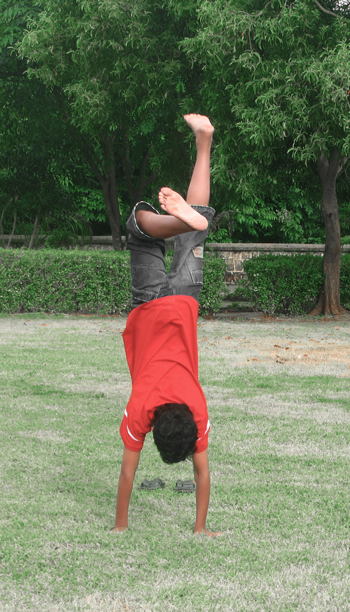 All of us need structure and inspiration, from the most well-published, best-selling, award winning authors to the hopeful who barely dares to set pen to page. We do not write in a vacuum. We write as readers inspired by what we love, as thinkers grappling with ideas, as human beings entangled in stories, entangled in life.
All of us need structure and inspiration, from the most well-published, best-selling, award winning authors to the hopeful who barely dares to set pen to page. We do not write in a vacuum. We write as readers inspired by what we love, as thinkers grappling with ideas, as human beings entangled in stories, entangled in life.
We all need lists, goals, sparks and motivation, a helping hand. I love to read books of writers on writing, because I so identify with the struggles, so learn from the strategies, and am so comforted by the fact that we are all reaching for more or less the same thing with more or less the same tools. I myself watch my own recorded Craft classes in order to spark my writing–and I find my best writing comes from following those exercises.
In the spirit of helping you get some summer writing done, I would like to share with you this week some powerful writing exercises drawn from some editing I did last week.
I teach a Salon, a mini-workshop, and from everyone’s weekly submissions, I come up with suggested exercises based on my comments and observations about the work. Amazingly, there are always lessons to learn that cross the great variety of pieces we read. I thought I’d share last week’s exercises with you, in case they might spark you to write something, maybe give you a breakthrough, make your project stronger or just help you get some words on the page:
- Revelation: Find a dramatic moment to reveal something to a character who thought something else entirely was going to happen.
- Practice writing dialog in beats, using descriptions of gestures and actions to create each new beat.
- Make a contrast between a physical description of the world of your story and a line of dialog. For example, create a poetic, lovely description followed by a crass line of dialog. Juxtapose.
- Write about something that happens for the first time—could be as small as a gesture or something bigger.
- Find a moment in your story that is a little thin, and go in with some more sensate details. You could do what Sylvia Plath did and make a list of all relevant details first, then pluck a few to use.
- Go through your scenes and ask yourself, What changes here? Develop that change.
- Go through your manuscript and look for instances of mediation (“I saw,” “She noticed,” “I hear,” “He looks,” etc.) See if you can cut mediation and let the sentence stand with its own verb.
- Write a scene that shows what your character still has to learn at the beginning of your story.
- Get your character into real trouble. What kind of trouble is your character least prepared to handle? What would force him or her to change? Do that.
- Show us a room, including objects that will be important to the plot, simply by having a character or characters move through the room and interact with the objects as they are discussing something else entirely.
- Write a scene that shows what your character most wants.
- Write a scene that shows what you think your character really needs.
- Create a dilemma where your character must choose between two irreconcilable goods or two irreconcilable evils. S/he must choose one of the two and can’t have both.
In the comments below, add your own favorite exercise or ask me for a particular exercise to jump you right over a problem or block! What use to you make of exercises in your writing?

Helpful, then, #1. “”seat of pants to seat of chair”.
Yes, “seat of pants to seat of chair” — that really is the basic, isn’t it? Everything else is just helpful once you get there. And reading is the other key–we are all readers first. That’s how we got into this writing business in the first place. Thanks for sharing, Randy!
Reading Lahiri “the Lowland” – instructive!
E! I love these exercises. I always appreciate the ability to focus on a skill a little bit at a time. Thanks for these great ideas!
Thanks, Ang! Look forward to seeing your writing . . .